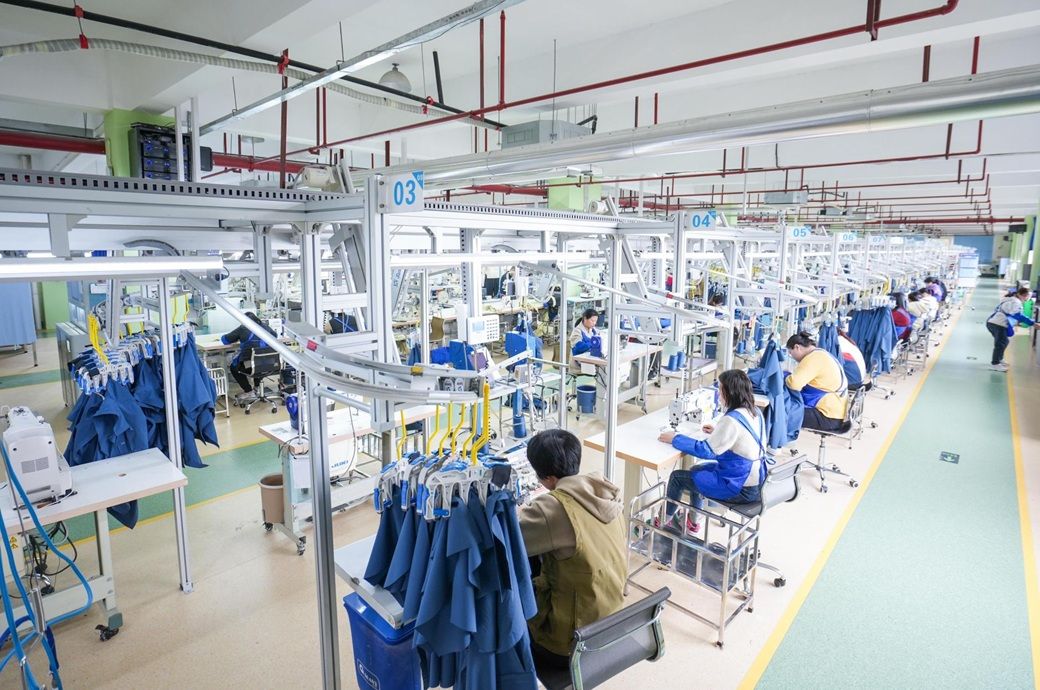
Given the significant export concentration, the decline would be despite a moderate improvement in domestic demand following the rationalisation of goods and services tax (GST) besides other favourable macro-economic factors like lower income taxes, benign inflation and low interest rates, it noted.
India’s leather and allied products industry will see its revenue drop by 10-12 per cent YoY in FY26 as the 50-per cent US tariff will slash export volume, Crisil Ratings said.
Operating profitability will slide by 150-200 bps, driven by headwinds in the export segment and the muted operating performance will weaken credit profiles.
Exporters are exploring new markets and shifting/outsourcing production.
Operating profitability will slide by 150-200 basis points (bps), primarily driven by headwinds in the export segment and the muted operating performance will in turn weaken credit profiles, the domestic rating agency said in a release after analysing 34 rated leather companies, comprising around 12.5 per cent of the industry revenue.
The leather and allied products industry is estimated to have logged a revenue of nearly ₹56,000 crore in FY25 and exports accounted for close to 70 per cent of the revenue pie. Over 50 per cent of the exports was to the European Union and nearly 22 per cent was to the United States.
Signs of a slowdown in the US export demand were already visible with the 25-per cent reciprocal tariff taking effect in the first week of August.
The additional 25-per cent punitive tariff, effective August 27, 2025, has placed India at a further disadvantage compared to other major exporting nations like Cambodia, Italy, Vietnam and France, where the US tariffs are lower at 15 per cent to 20 per cent, Crisil noted.
Crisil Ratings understands that exports to the United States in this sector have been severely hit with orders cancelled or put on hold since the 50-per cent tariff became effective. Moreover, numerous entities, particularly tanneries and small leather product manufacturing units with significant exposure to the United States were shut down in the past two months.
To combat the revenue loss and declining profitability, exporters are resorting to measures like diversifying to other markets with favourable duty structure and shifting/outsourcing production to other regions. However, these are still in nascent stages and will take time to implement and bear fruit, especially given the macro uncertainty.
That said, the recently signed free trade agreement with the United Kingdom, sustained demand from markets apart from the United States, and efforts to penetrate other export destinations may help contain the fall in export revenue.
In the domestic market, on the other hand, the reduction of GST on leather products from 18 per cent to 12 per cent is expected to enhance affordability and drive a trend for premium products.
Additionally, the income tax benefits announced in the budget, combined with lower interest rates resulting from policy rate cuts by the central bank and stable inflation rates are likely to boost consumption.
The decline in export demand, along with steady supply, may put downward pressure on raw material prices. The marginal decline seen in raw and tanned leather prices will provide some relief to exporters, but not enough to offset the tariff impact.
Lower revenue will result in weaker operating leverage, dragging down operating profitability of exporters, Crisil Ratings noted.
Fibre2Fashion News Desk (DS)






